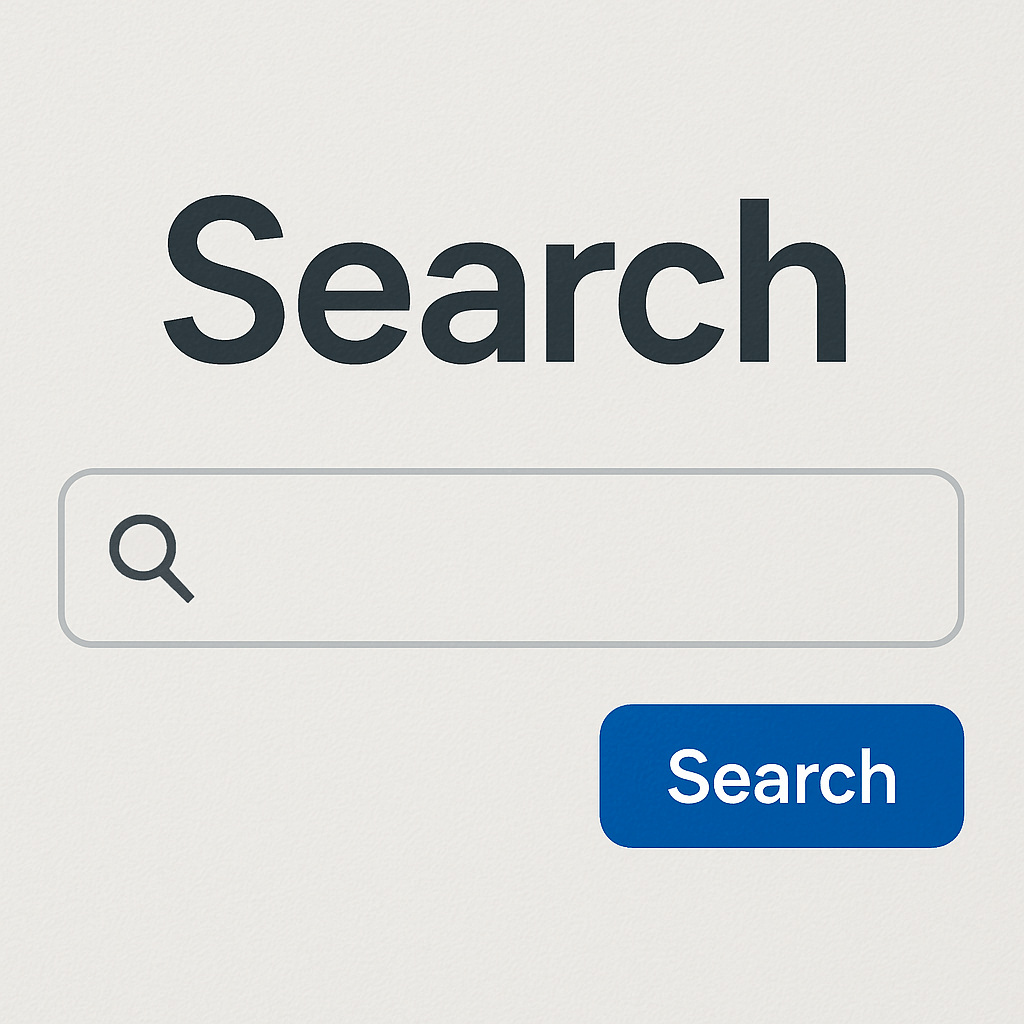How Search Engines Work: A Guide for Nepali Users
– Ishan Ojha , Gurkha Technology

Discover how Google finds momo recipes, phones under 30K, and TU/KU results notice in 0.5 seconds! Perfect for Nepal’s bloggers and businesses.
Ever wondered how search engines work when you search for “momo recipes in Kathmandu” or “TU exam results”? This guide breaks down the magic behind your daily searches in simple terms.
What is a Search Engine?
Understanding how search engines work starts here: It’s a digital librarian scanning billions of web pages to answer queries like “best dal bhat in Pokhara” or “Dashain offers 2081”.
How Search Engines Work: The 3-Step System
🐞 1. Crawling: The Web Detectives
Bots like Googlebot “crawl” sites 24/7, following links like a student touring Kathmandu libraries. They scan:
- Text content (blogs, product descriptions)
- Images and alt text (e.g., “Mount Everest sunrise”)
- Video transcripts
📚 2. Indexing: Nepal’s Digital Archive
Crawled data organizes into an index – a 100+ petabyte library tagging content with:
- Nepali keywords (“momo”, “Pashupatinath”)
- Location tags (e.g., Kathmandu, Pokhara)
- Page speed metrics (slower sites rank lower!)
Without indexing, finding results would take minutes, not seconds.
📈 3. Ranking: The SEO Competition
When you search for “trekking gear Nepal”, algorithms rank pages using 200+ factors:
- Relevance: Does content match the query?
- Authority: Backlinks from .np sites (e.g. OnlineKhabar)
- User Experience: Mobile-friendly design? Fast loading?
(Source: Google’s Official Guide)
How Search Engines Work in Nepal’s Future
The landscape is evolving rapidly:
- Voice Search (Used by 40% Nepali smartphone users):
“हे गुगल, बनेपा मा जानैपर्ने पसल कहाँ छ?” - Visual Search: Snap a pic of gundruk to find recipes!
- AI Results: “Nepal budget 2081” results summarized.
💡 Pro Tip: Win with Local SEO
- Add internal links to related content
- Use schema markup for local businesses:
<script type="application/ld+json"> { "@context": "https://schema.org", "@type": "Restaurant", "name": "Kathmandu Momo Hub", "address": "Boudha, Kathmandu" } </script>
Key Takeaway
Understanding how search engines work boils down to three phases:
- Bots crawl websites
- Content gets indexed
- Pages rank by usefulness to users
→ Action Step: Check your website’s SEO health using Google Search Console today!
📚 For more insights, check out our comprehensive SEO guide.


